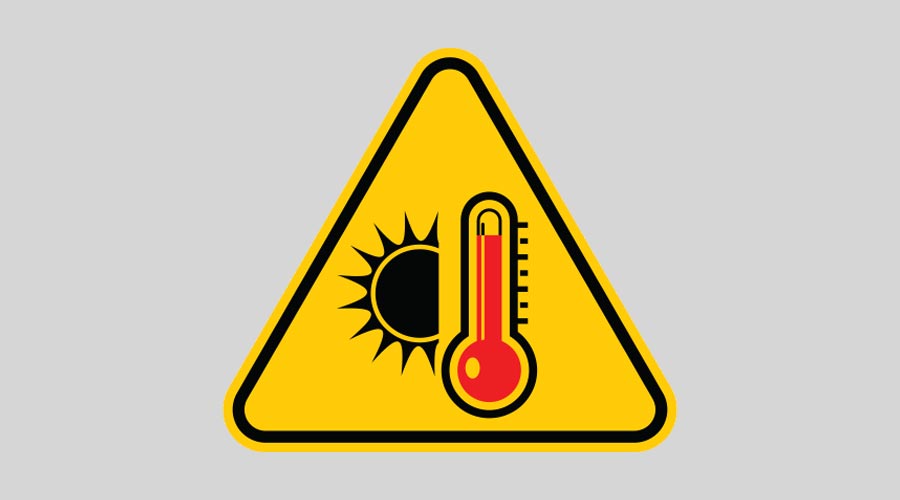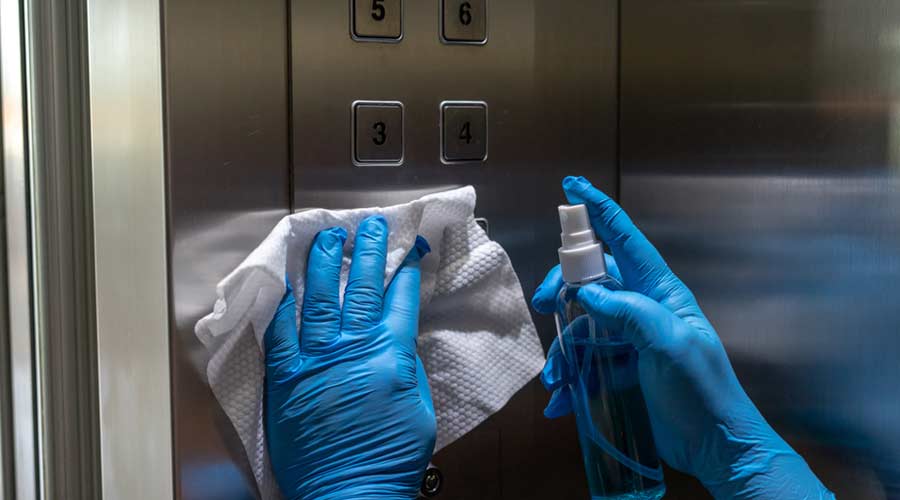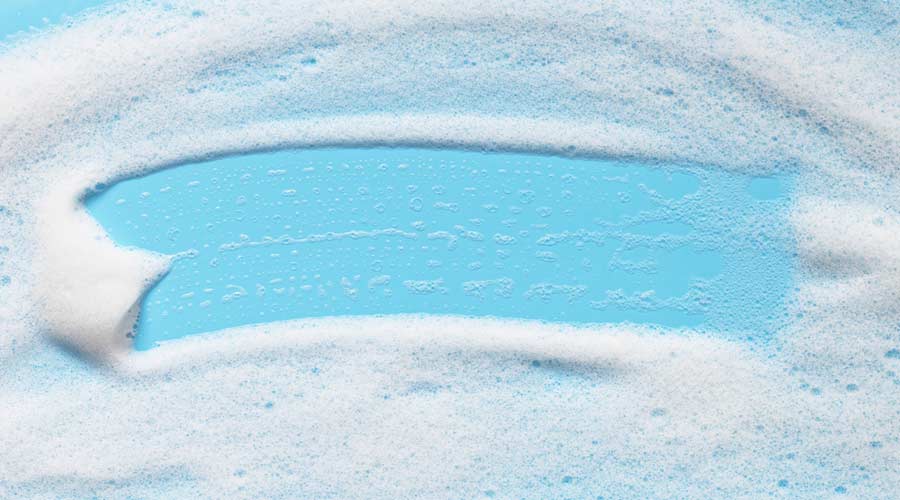
Every year, dozens of workers die and thousands more become ill while working in hot or humid conditions. To help protect workers, the Occupational Safety and Health Administration's (OSHA) Heat Illness Prevention campaign educates employers and workers on heat hazards and provides resources to keep workers safe.
Under the Occupational Safety and Health Act, employers are responsible for providing workplaces free of known safety and health hazards. This includes protecting workers from heat-related hazards. Here are some actions managers should take:
- Create a heat illness prevention plan.
- Provide training for workers so they understand heat exposure risks, prevention actions, and first aid.
- Employers and workers should become familiar with the symptoms of heat illness. When any of these symptoms are present, promptly provide first aid.
- Provide your workers with information so they understand the risks of heat exposure and what actions to take. Keep materials easily accessible in the workplace.
Workers should also know their rights and what they can do to prevent heat illness. When it comes to extreme heat at work, employees have the right to:
- Speak up about hazards without fear of retaliation.
- Request an OSHA inspection and speak to OSHA inspectors.
- Report an injury or illness, and review and get copies of your medical records from your employer.
- See the results of workplace examinations or tests taken to identify workplace hazards.
To prevent heat-related illnesses:
- Hydrate before, during and after work. Drink 1 cup of cool water every 20 minutes even if you aren’t thirsty. For longer jobs, drinks with electrolytes are best. Avoid energy drinks and alcohol.
- Find shade or a cool area for rest breaks that allow your body to recover.
- Dress for the heat. If outside, a hat and light-colored, loose-fitting (where allowed), breathable clothing are ideal.
- If wearing a face covering, change it if it becomes wet or soiled. Check on others verbally often.
Click here for more information on heat illness prevention.

 The Down and Dirty on Cleaning in Virus Season
The Down and Dirty on Cleaning in Virus Season How Surfactant Use is Expanding in Commercial Cleaning
How Surfactant Use is Expanding in Commercial Cleaning